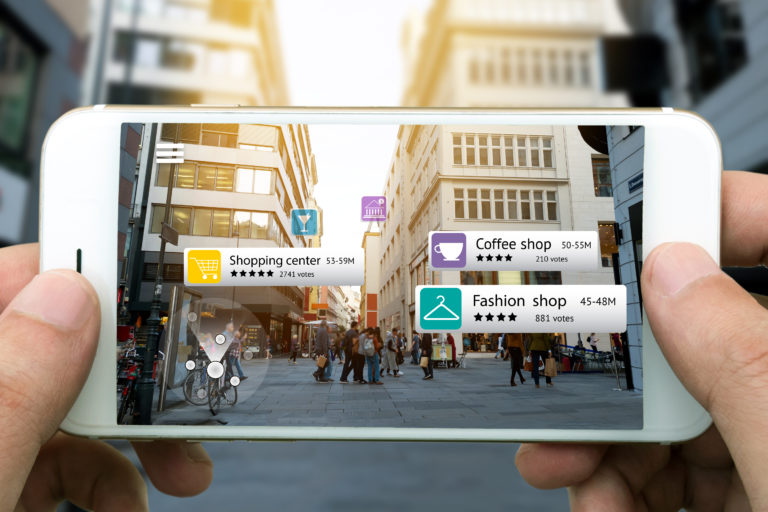
Don’t we all wish we’d invested heavily in Yahoo! back in 1994? Of course we do, even if they did ultimately lose the market to Google. But in those early days, people who could grasp the potential of the internet invested heavily in Yahoo! and ended up sitting mighty prettily.
And there were plenty of people who looked at the web and didn’t see the potential or the amount of opportunity. They didn’t go all in. And they didn’t have the payday.
As a marketer, you have a similar opportunity today, in form of virtual technologies such as augmented reality, which look to be the next big wave in direct marketing (Some people think it already is).
Will you roll your eyes and conclude that it’s a fad and thus a waste of time? Or will you, as a responsible professional, take a closer look at this technology, which is already widely in use, and see how you can leverage it to keep your business growing?
To help you make that decision, here are the various kinds of augmented and virtual realities for marketing purposes.
QR Codes
The granddaddy of them all, the QR (“Quick Response”) code was designed in 1994 for use in the Japanese auto industry. The QR is similar to the bar codes you see on products but it’s got a greater storage capacity than a standard bar code. That capacity means it can hold more information about whatever product the QR is attached to. Today, you see QR codes on everything from magazine ads to apartment rental signs.
After downloading a QR code reader app to your smart phone (there are many free apps available), you can use your phone to scan the code, which acts as a hyperlink, taking you to a website or page where you can learn more about the product or service.
Augmented Reality (AR)
AR has also been around for a few decades but only fairly recently has it been used for marketing applications. Similar to the QR, AR requires users to download an app to their smartphone. Then, by scanning the AR code (which is embedded in the image on, for instance, a postcard), the user is taken to visual content on the web which can look as if it’s popping right off the surface of the direct mail piece. This is especially effective for entertainment and travel services, where people customarily must see to believe.
It can also be used interactively, on the web, to “try on a dress” or a new pair of glasses, or the see what a new floor or kitchen cabinets might look like in your home.
Virtual Reality (VR)
Where AR adds more content to what you’re already seeing, virtual reality is a more immersive experience, requiring the use of a VR headset, which enables the consumer to have complete extended sight and sound experiences. VR takes them where you, the marketer, want to take them. As the use of VR headsets becomes more common, more marketers will exploit VR to promote their offers. Right how, you’re ahead of the curve, and may even be poised to take advantage of VR.
Perhaps you’re already thinking of ways you can pair direct mail with these new marketing realities.
Bring your next postcard campaign to reality right from your laptop: log on to ProspectsPLUS! online platform at www.prospectsplus.com/pei, where you’ll find easy-to-use tools to design and print your postcard and target new prospects too.
Or, if your current reality is “not time for that,” then give Opportunity Knocks a call at 1 (866) 319-7109, and turn it over to us. We’ve helped tens of thousands of small businesses in nearly every industry to get great results. Tell us what you need; we can help.